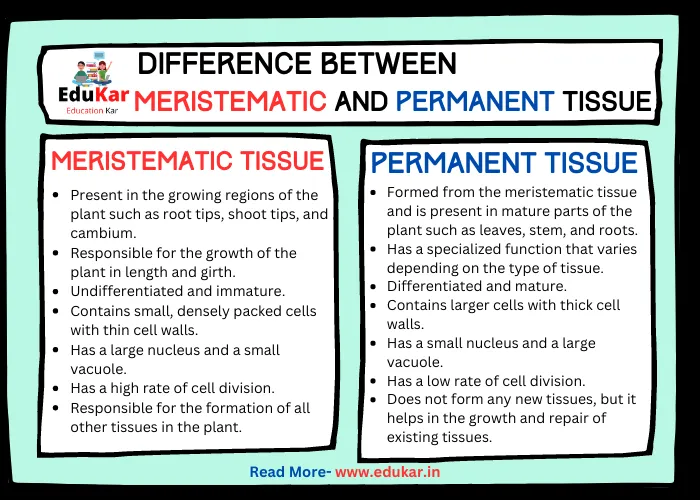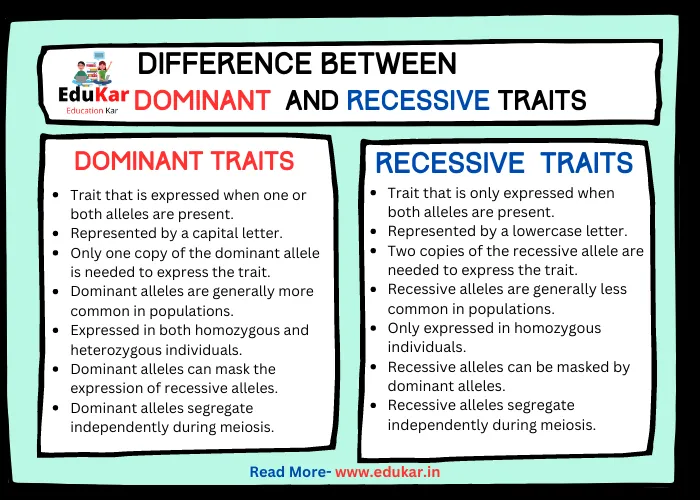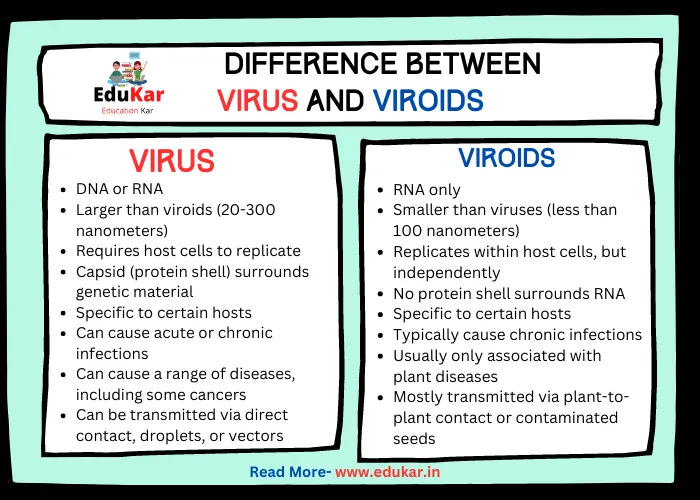Contents
- 1 Introduction
- 2 Asexual Reproduction
- 3 Sexual Reproduction
- 4 Difference between Asexual and Sexual Reproduction
- 5 Conclusion
- 6 FAQs
- 6.1 What is Asexual reproduction?
- 6.2 What is Sexual reproduction?
- 6.3 What are some examples of organisms that reproduce asexually?
- 6.4 What are some examples of organisms that reproduce sexually?
- 6.5 What are the advantages of asexual reproduction?
- 6.6 What are the advantages of sexual reproduction?
- 6.7 How do the offspring of asexual reproduction compare to the offspring of sexual reproduction?
- 6.8 How does asexual reproduction affect evolution?
- 6.9 How does sexual reproduction affect evolution?
Learn about the fundamental differences between asexual and sexual reproduction in this informative article. Discover the advantages and disadvantages of each type of reproduction and how they affect evolution. Get answers to common questions and deepen your understanding of this important biological concept.

Introduction
Reproduction is an essential aspect of life that ensures the continuation of a species. There are two main forms of reproduction: asexual and sexual. Asexual reproduction involves the production of offspring from a single parent, while sexual reproduction involves the fusion of two gametes, resulting in the formation of a zygote. While both forms of reproduction serve the same purpose, there are significant differences between the two.
Asexual Reproduction
Asexual reproduction involves the production of offspring from a single parent without the involvement of gametes.
There are several types of asexual reproduction, including binary fission, budding, fragmentation, and vegetative propagation.
Binary fission is a type of asexual reproduction that is common in bacteria, where the parent cell divides into two identical daughter cells.
Budding is a type of asexual reproduction in which a small bud grows on the parent organism and eventually detaches to form a new individual.
Fragmentation is a type of asexual reproduction in which an organism breaks into pieces, and each piece develops into a new individual.
Vegetative propagation is a type of asexual reproduction in which new individuals are produced from plant parts such as roots, stems, and leaves.
Asexual reproduction has several advantages, including the production of large numbers of offspring in a short time, conservation of energy, and the ability to colonize new areas quickly. However, asexual reproduction also has disadvantages, such as limited genetic diversity and the inability to adapt to changing environments.
Sexual Reproduction
Sexual reproduction involves the fusion of two gametes, resulting in the formation of a zygote. Gametes are produced by specialized cells, such as sperm cells in males and egg cells in females. During sexual reproduction, the genetic material from both parents combines, resulting in offspring with unique genetic traits.
Sexual reproduction has several advantages, including increased genetic diversity, adaptability to changing environments, and the ability to repair damaged DNA. However, sexual reproduction also has disadvantages, such as the requirement for specialized cells and energy expenditure.
Difference between Asexual and Sexual Reproduction
| Aspect | Asexual Reproduction | Sexual Reproduction |
|---|---|---|
| Definition | Reproduction without the involvement of gametes or fusion of genetic material from two different individuals | Reproduction involving the fusion of gametes from two different individuals |
| Number of parents involved | Only one parent | Two parents |
| Genetic variation | No genetic variation as offspring are genetically identical to the parent | High genetic variation due to the mixing of genetic material from two different individuals |
| Offspring diversity | No diversity, all offspring are genetically identical | High diversity, each offspring is genetically unique |
| Adaptability | Limited adaptability as there is no genetic variation to facilitate adaptation to changing environments | High adaptability as genetic diversity allows for adaptation to changing environments |
| Reproductive efficiency | High reproductive efficiency as only one individual is needed to produce offspring | Lower reproductive efficiency as two individuals are needed and there is a time and energy investment in producing gametes and finding a mate |
| Examples | Binary fission, budding, vegetative propagation | Sexual intercourse in animals, pollination in plants |
| Occurrence | Common in simple organisms like bacteria, fungi and some animals | Common in complex organisms like animals and plants |
| Evolutionary history | Older evolutionary strategy, used by primitive organisms for reproduction | Evolutionarily newer strategy that evolved later in the history of life on Earth |
| Genetic diseases | No possibility of genetic diseases being passed on to offspring | Possibility of genetic diseases being passed on to offspring due to genetic mixing during reproduction |
Conclusion
The difference between asexual and sexual reproduction lies in the production of offspring. Asexual reproduction involves the production of offspring from a single parent, while sexual reproduction involves the fusion of two gametes. Both forms of reproduction have advantages and disadvantages, and their significance in different fields cannot be overstated. Understanding the difference between asexual and sexual reproduction is critical in biology, agriculture, medicine, and other fields that deal with the reproduction of living organisms.
FAQs
What is Asexual reproduction?
Asexual reproduction is a type of reproduction that involves only one parent and does not require the fusion of gametes. Offspring produced by asexual reproduction are genetically identical to their parent.
What is Sexual reproduction?
Sexual reproduction is a type of reproduction that involves two parents and the fusion of gametes. Offspring produced by sexual reproduction have a combination of genetic material from both parents.
What are some examples of organisms that reproduce asexually?
Some examples of organisms that reproduce asexually include bacteria, yeast, and some plants and animals such as ferns, starfish, and aphids.
What are some examples of organisms that reproduce sexually?
Most animals and many plants reproduce sexually. Examples include humans, dogs, cats, birds, fish, and most trees and flowers.
What are the advantages of asexual reproduction?
Asexual reproduction can be faster and more efficient than sexual reproduction because it does not require the time and energy involved in finding a mate and producing gametes. It also allows for rapid population growth and can be a useful survival strategy in stable environments.
What are the advantages of sexual reproduction?
Sexual reproduction allows for genetic diversity, which can increase the chances of survival in changing environments. It can also result in the elimination of harmful mutations and the production of offspring with improved traits.
How do the offspring of asexual reproduction compare to the offspring of sexual reproduction?
Offspring produced by asexual reproduction are genetically identical to their parent and to each other, while offspring produced by sexual reproduction have unique combinations of genetic material from both parents.
How does asexual reproduction affect evolution?
Asexual reproduction can limit genetic diversity and slow down the rate of evolution, as there are fewer opportunities for genetic variation and natural selection. However, asexual reproduction can also allow for the rapid spread of beneficial mutations in a population.
How does sexual reproduction affect evolution?
Sexual reproduction can increase genetic diversity and accelerate the rate of evolution, as there are more opportunities for genetic variation and natural selection. It also allows for the production of offspring with improved traits, which can enhance the survival and reproduction of a population.
















